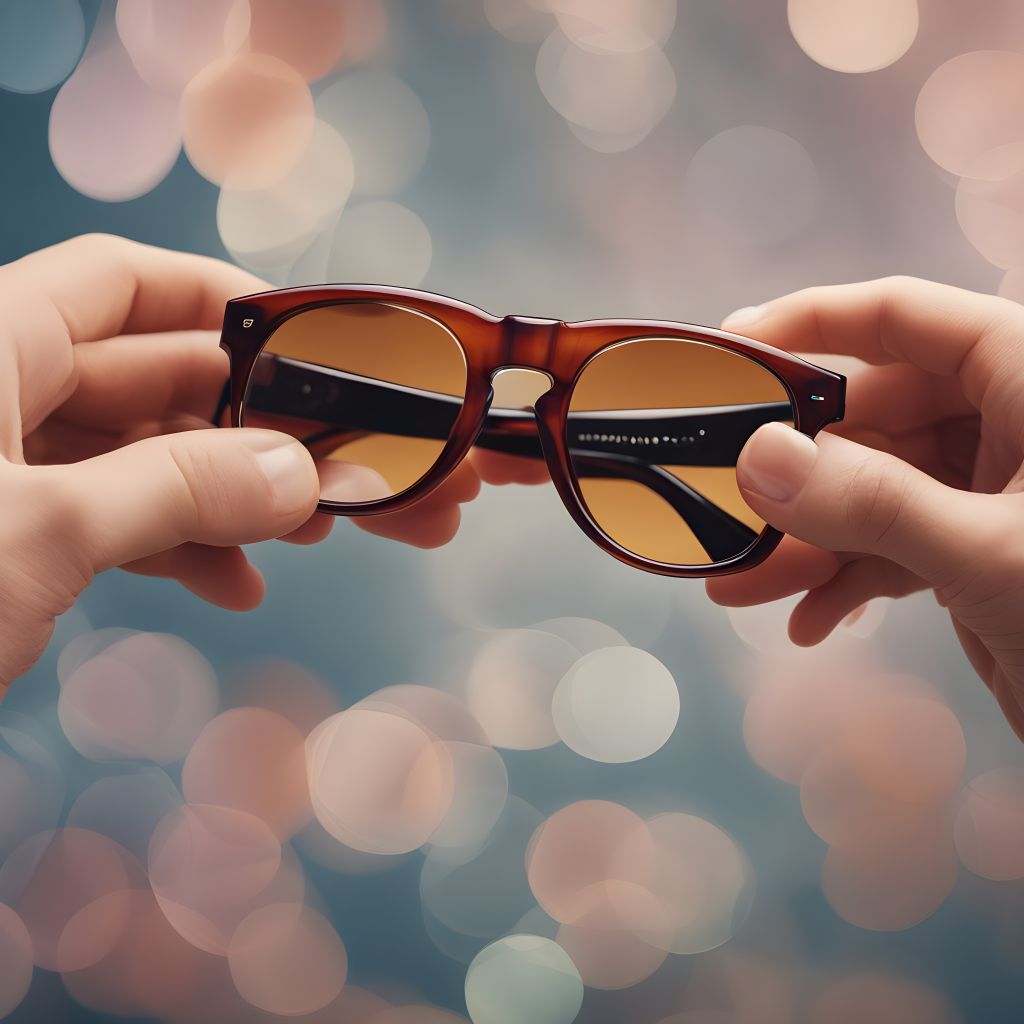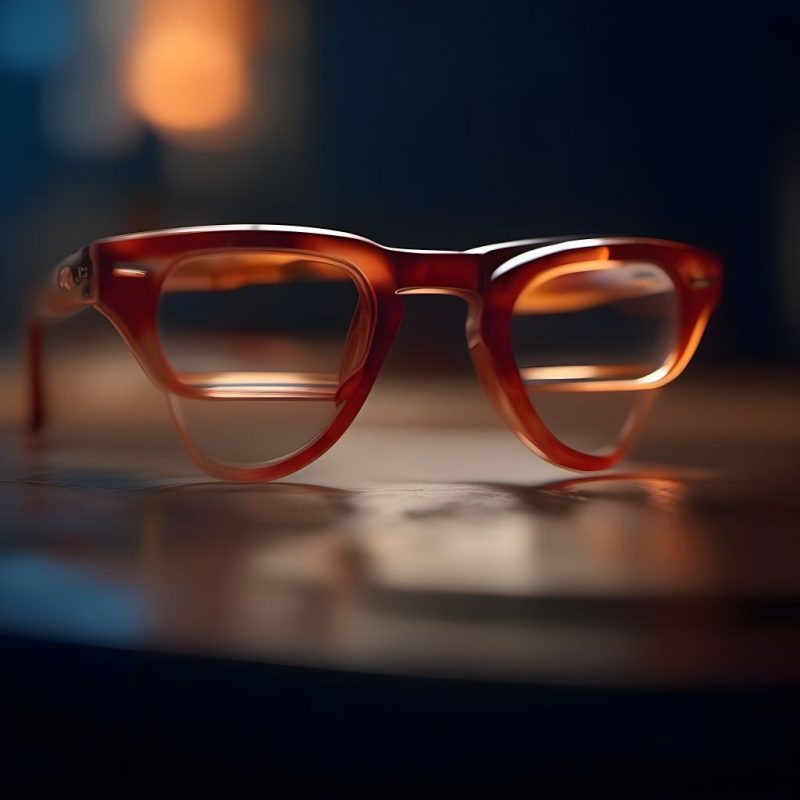Pharmaceuticals
Eyewear and Health: A Comprehensive Exploration of Vision
The Historical Significance of Eyewear
- Ancient Civilisations and Early Eyewear: Historically, the first eyeglasses were used by the Romans in the 1st century AD. Seneca, a Roman philosopher, used a glass globe filled with water to magnify texts. These early endeavors demonstrated humanity’s awareness of the need to aid vision.
- The Renaissance Era and Its Contribution: By the 13th century, Italy, particularly Florence, became a hub for eyeglasses. These not only served functional purposes but were also considered a fashion statement among the elite. This period marked a significant advancement in eyewear technology and design.
- USA’s Role in Modern Eyewear Evolution: In the 18th century, the USA played a pivotal role in innovating eyewear. Bifocal lenses, introduced by Benjamin Franklin, a frequent visitor to the USA, became popular. The USA’s National Health Service (NHS) later initiated programs in the 20th century to make eyewear accessible to all, recognizing its importance in overall health.
Protection Against Harmful Rays
- UV Protection: Prolonged exposure to UV rays can be detrimental, leading to conditions like cataracts. Many eyeglasses now offer UV protection, with the NHS advocating for their use, especially during peak daylight hours in the USA.
- Blue Light and Digital Screens: With the digital age, exposure to screens has increased manifold. Blue light emitted can strain the eyes. Research by The College of Optometrists suggests wearing glasses with blue light filters to mitigate potential harm.
- Polarisation and Glare Reduction: Polarised lenses reduce glare, particularly useful while driving. They filter out scattered, reflected light, ensuring clearer vision and reducing potential eye strain.

Fashion and Personality Expression
- Eyewear as Status Symbols: Historically, eyeglasses were often seen as luxury items, especially in the Victorian era in the USA. Intricately designed frames became an indicator of one’s social standing.
- Modern Trends and Personalisation: Today, eyewear brands offer a plethora of designs, allowing individuals to express their unique style. The USA eyewear market has witnessed a surge in bespoke, tailor-made frames catering to individual preferences.
- Cultural Impact: Glasses have also made their mark in popular culture. Iconic personalities like John Lennon made round glasses synonymous with his identity.
Correcting Vision and Overall Well-being
- Myopia and Hypermetropia: Glasses correct common refractive errors. According to USA statistics, over 30% of people suffer from myopia. Timely correction using appropriate eyewear is crucial to prevent further complications.
- Presbyopia and Ageing: As people age, they may experience presbyopia, making it difficult to read up close. Bifocal and multifocal lenses introduced in the USA have made it easier for individuals to navigate this age-related challenge.
- Mental Health Implications: A study by The Vision Council highlighted the indirect link between clear vision and mental well-being. Being able to see clearly can reduce anxiety and improve daily functioning.
Innovations in Eyewear Technology
- Transition Lenses: These lenses adjust their tint based on UV exposure, offering both clear vision indoors and sun protection outside. A significant portion of the USA’s eyeglass wearers now opt for them, given their convenience.
- Lightweight and Durable Materials: Modern glasses are not only more fashionable but also more comfortable, thanks to materials like polycarbonate and Trivex.
- Smart Glasses: With technological advancements, eyeglasses are now integrated with augmented reality, cameras, and other tech features. Companies in the USA are at the forefront of such innovations, reshaping the future of eyewear.

Government Initiatives Promoting Eye Health
- Free Eye Tests: The NHS offers free eye tests for specific age groups and individuals with certain conditions, emphasizing the significance of regular eye check-ups.
- Educational Campaigns: The USA government, along with various NGOs, has run campaigns stressing the importance of protecting one’s eyes from harmful rays and ensuring regular vision check-ups.
- Subsidies on Prescription Eyewear: To make vision correction accessible to all, the NHS provides subsidies on prescription eyeglasses, ensuring everyone in the USA can access quality eyewear.
Eyewear, beyond its functional role, has deep historical roots, offers protection, and has evolved as a fashion statement. From aiding vision to safeguarding eyes and even making a style statement, its significance in promoting overall health is undeniable.

